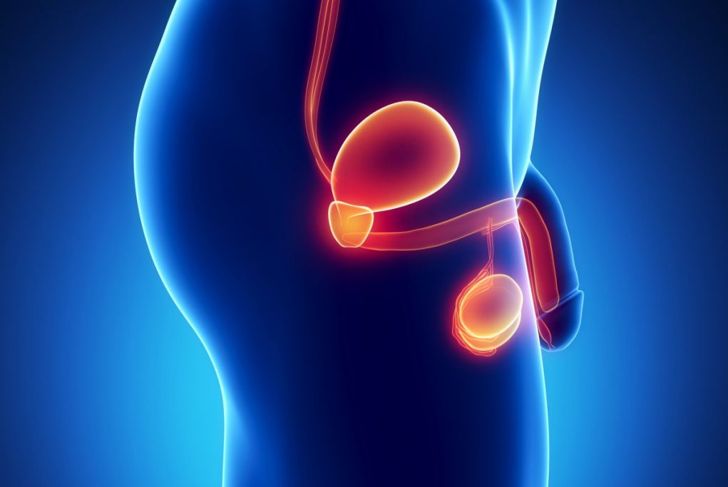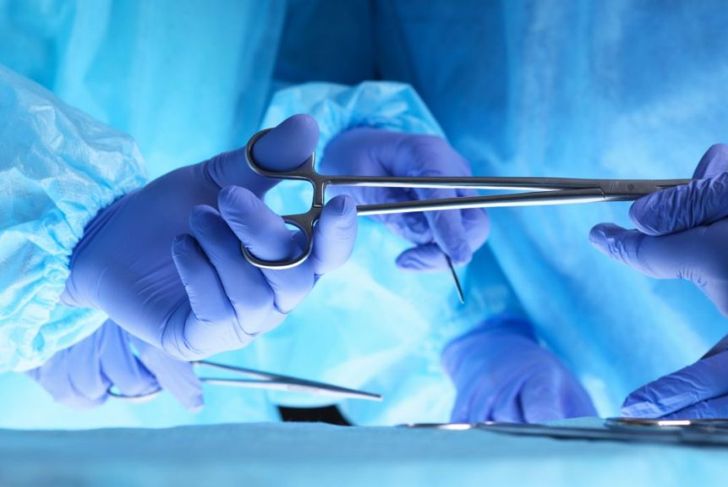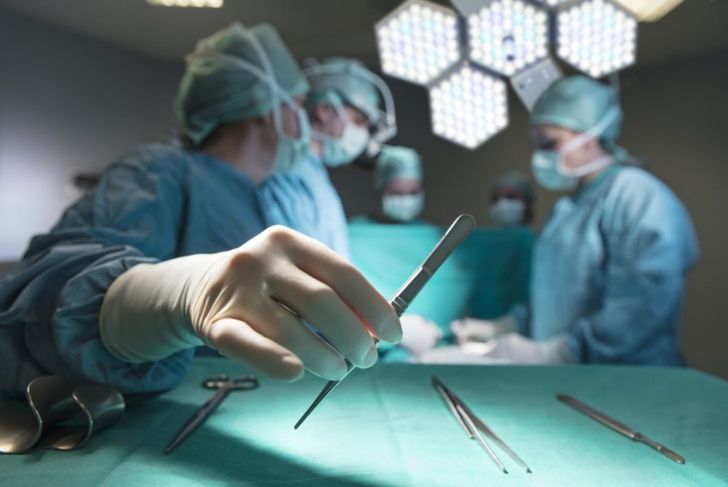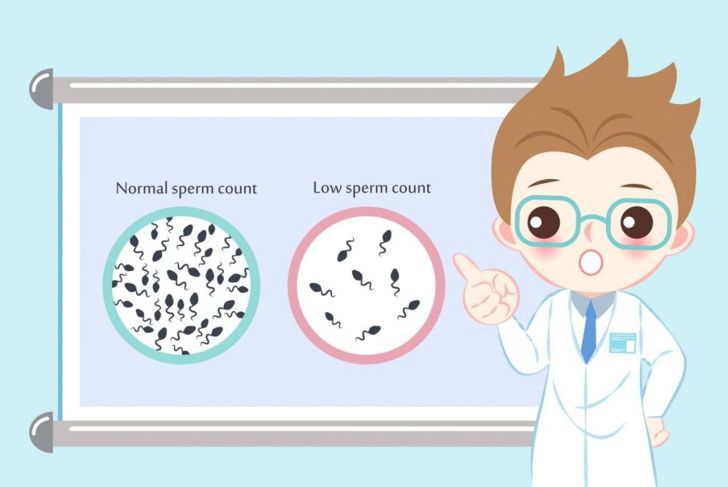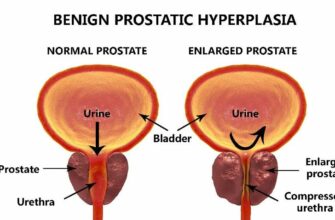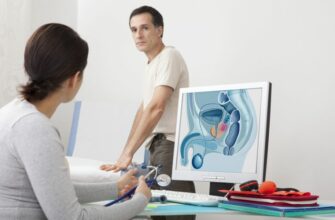Usually, the testicles hang inside the scrotum, the loose bag of skin behind the penis. However, retractile testicles move up out of the scrotum and into the groin. Retractile testicles are most common in children. Most of the time, the individual or a doctor can gently move the testicle back into the correct position. However, in rare cases, the testicle becomes stuck in the groin and cannot be moved manually.
Cause of a Retractile Testicle
A muscle in the scrotum surrounds the testicles. This cremaster muscle keeps the testicle at the optimal temperature. In hotter temperatures, the muscle relaxes and allows the testicle to hang further away from the heat of the body. When it is cold, the muscle contracts and pulls the testicle upwards. Retractile testicles occur when the cremaster muscle constricts too strongly; the testicle is pulled out of the scrotum entirely and upwards into the groin.
Common Symptoms
Retractile testicles are not normally painful. Instead, the affected person will realize his testicles are no longer in the scrotum. Both the testicles may be affected, or only one. When a boy or man has a retractile testicle, there will usually be periods where it sits in the scrotum and then periods where it moves upwards into the groin. The person may be able to move their testicle between their groin and scrotum manually.
Diagnosis
A doctor can diagnose a retractile testicle during a physical exam. If the doctor discovers that the testicle is not in its normal position in the scrotum, they will try to find it in the groin. The doctor will then gently encourage the testicle back down into the scrotum manually. If the testicle remains where the doctor moved it, the diagnosis is a retractile testicle. If the testicle moves upwards back into the groin, a diagnosis of an undescended testicle or ascending testicle is more likely.
Treatment
Most cases of retractile testicles resolve themselves before or during puberty. If a doctor diagnoses a retractile testicle, the usual course of action is to monitor the situation until puberty to see if the testicle moves into its normal position permanently. If the testicle remains retracted, surgery can usually reposition it into a more healthy position prior to sexual maturation. During this procedure, the surgeon will move the testicle into its permanent position and stitch it in place inside the scrotum.
Self-Monitoring
Doctors encourage people with retractile testicles to monitor the condition at home between appointments. This is necessary to detect any complications early, such as an ascending testicle. In babies and very young children, the position of the testicles can be monitored by the parents during diapering or bathing. Older children can learn to check their testicles and to report any changes in position to their parents.
Ascending Testicle
Although it is unusual, a retractile testicle can become stuck inside the groin. This is known as an ascending testicle and is generally caused by a short spermatic cord. The cord contains blood vessels and nerves and also carries semen between the testicle and the penis. Scar tissue can also cause an ascending testicle. This is more likely after surgery to repair a hernia.
Ascending Testicle Treatment
Ascending testicles require a surgical procedure called an orchiopexy. The surgeon carefully frees the testicle and spermatic cord from the surrounding tissue. He or she then guides the testicle downwards into the correct position in the scrotum and stitches it in place to prevent it from moving back upwards again.
Aftercare
Following surgery to correct either a retractile or an ascending testicle, the patient should refrain from riding a bicycle until healing is complete, and the doctor may recommend avoiding other physical activities, as well. The physician will also continue to monitor the wound and position of the testicle following the procedure. Anyone who has had this type of surgery should self-monitor the position of the testicles on an ongoing basis, as it is possible for them to reascend at a later time.
Complications
Retractile testicles do not normally carry a high risk of complications. The primary risk is that they will progress into ascending testicles, which have a higher chance of complications. Ascending testicles can lead to decreased fertility, as the condition lowers sperm counts or causes immature sperm. The risk of testicular cancer may also increase. People with an ascending testicle are more likely to develop testicular torsion, a painful condition where the spermatic cord becomes twisted.
When to Seek Help
Doctors most often diagnose retractile testicles during a routine infant or childhood check-up. However, the parent or child may notice that the testicles are not in their normal position prior to this appointment. If parents suspect a retractile testicle, they should take the child to a doctor for proper diagnosis and monitoring. Regardless of the diagnosis, any boy or man experiencing pain in the testicles or groin should see a doctor immediately.

 Home
Home Health
Health Diet & Nutrition
Diet & Nutrition Living Well
Living Well More
More
